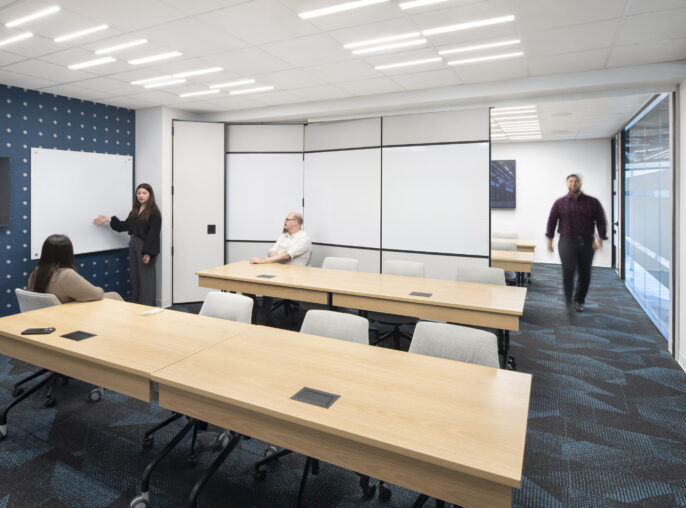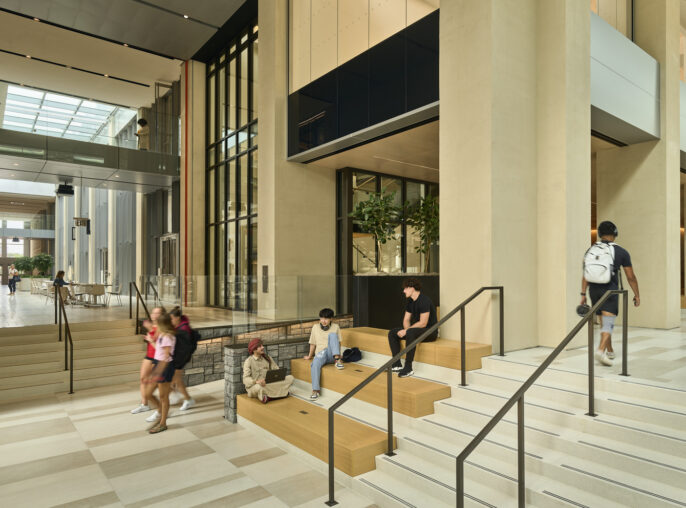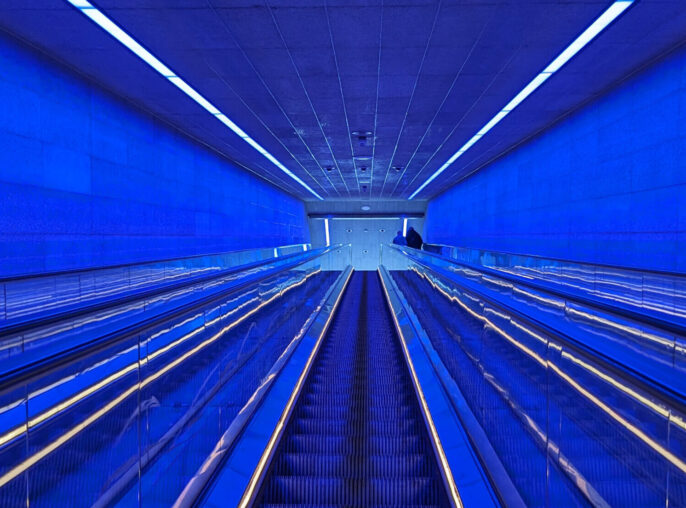Event
Charting the Future of Higher Education Design
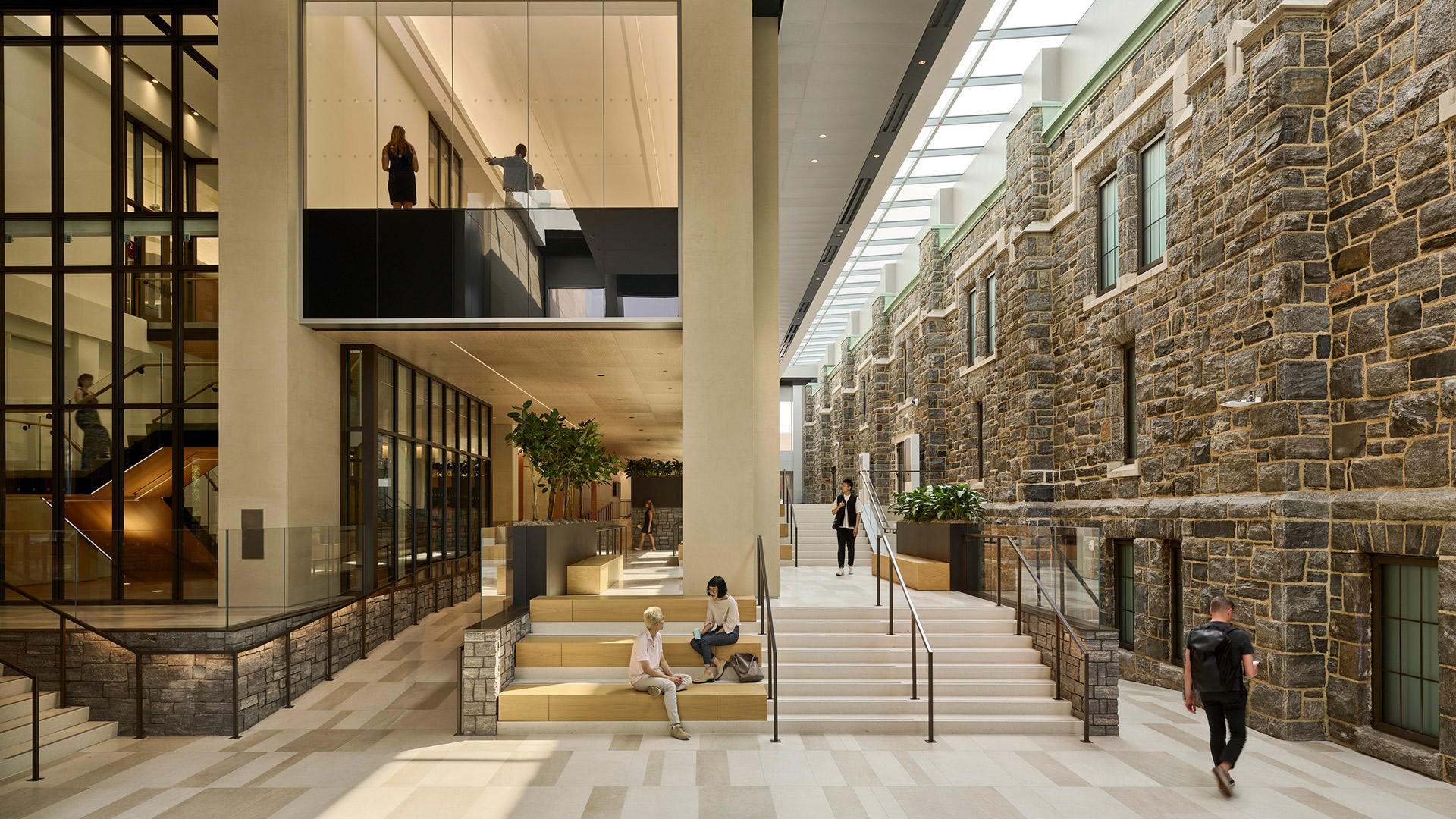
At a recent higher education roundtable, industry leaders, educators, and designers convened to discuss the pressing challenges and opportunities shaping campus design. Moderated by Drew Kuzan (Syska Hennessy Group), Arris Finkbeiner (HLW), and Casey McCormick (Milrose Consultants), and joined by panelists including Kevin Sheehan (UIC), Dr. Paul Sambanis (UIC), Ezgi Kosereisoglu Talarico (Gilbane/SCUP), Ryan Miller (TYLin), and Mary Beth Greer (Northwestern University), the conversation illuminated four major themes: Deferred Maintenance, Public-Private Partnerships, Modeling and Standardization, and Sustainability and Future-Proofing. Together, these themes reflect an integrated strategy for reimagining campus design to meet current demands and future needs.
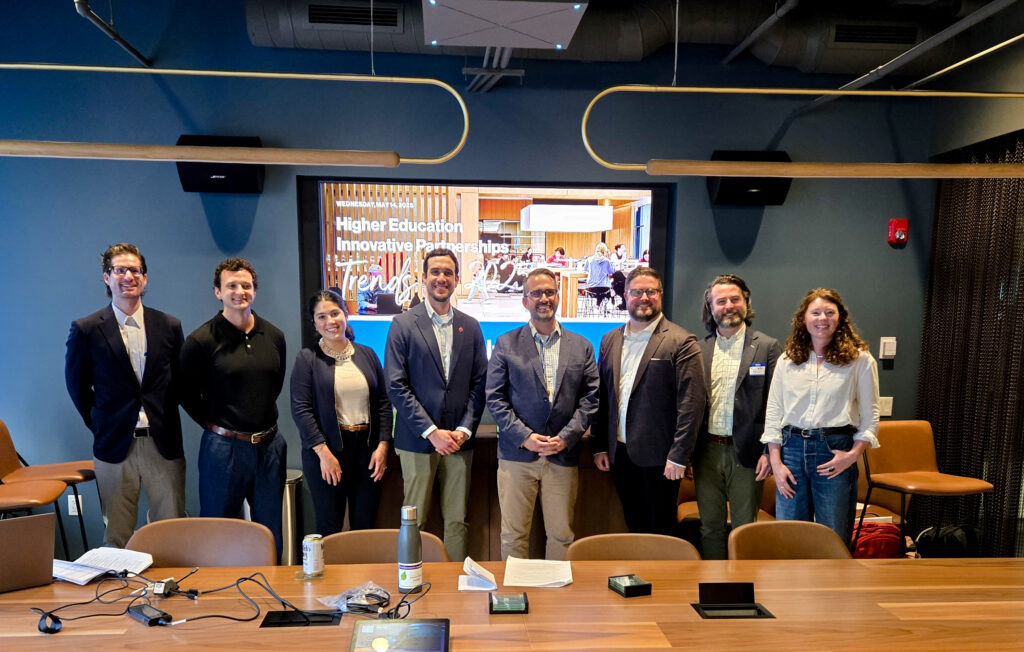
Deferred Maintenance: Navigating a Complex Balancing Act
One of the most urgent concerns is deferred maintenance. Many institutions face mounting backlogs, as tight budgets push necessary building repairs further down the line. Even elite universities are struggling to maintain aging infrastructure.
A key takeaway was the need to prioritize essential systems—for example, cooling systems critical to laboratory operations—and to develop phased master plans that organize and coordinate maintenance priorities. However, this often collides with sustainability goals. As some buildings approach the point of being a total gut-job or potential teardown, schools face a difficult decision: preserve and retrofit, or rebuild entirely. A long-term, strategic approach—balancing cost, sustainability, and function—was seen as essential.
Project Delivery Methods: The Rise of Public-Private Partnerships (P3)
Facing economic pressures and uncertainty, many institutions are beginning to explore alternative project delivery methods, including Public-Private Partnerships (P3s). These models enable private developers to collaborate with universities to finance, construct, and sometimes operate facilities—potentially offering faster delivery and reduced financial risk for institutions. While not yet widely utilized, there is a growing interest in and consideration of these approaches as higher education navigates constrained budgets and evolving priorities.
Modeling and Standardization: Embracing BIM and Beyond
The conversation also underscored the importance of BIM (Building Information Modeling) and standardization in managing increasingly complex campuses. While BIM adoption is more advanced in resource-rich sectors like healthcare, the cost and management of BIM remain significant barriers in higher education. Nevertheless, there was consensus that standardized modeling and documentation are critical for long-term facility management, especially as campuses expand and infrastructure becomes more interconnected. There’s also a clear need to bridge knowledge gaps as experienced facilities managers retire and new staff come onboard.
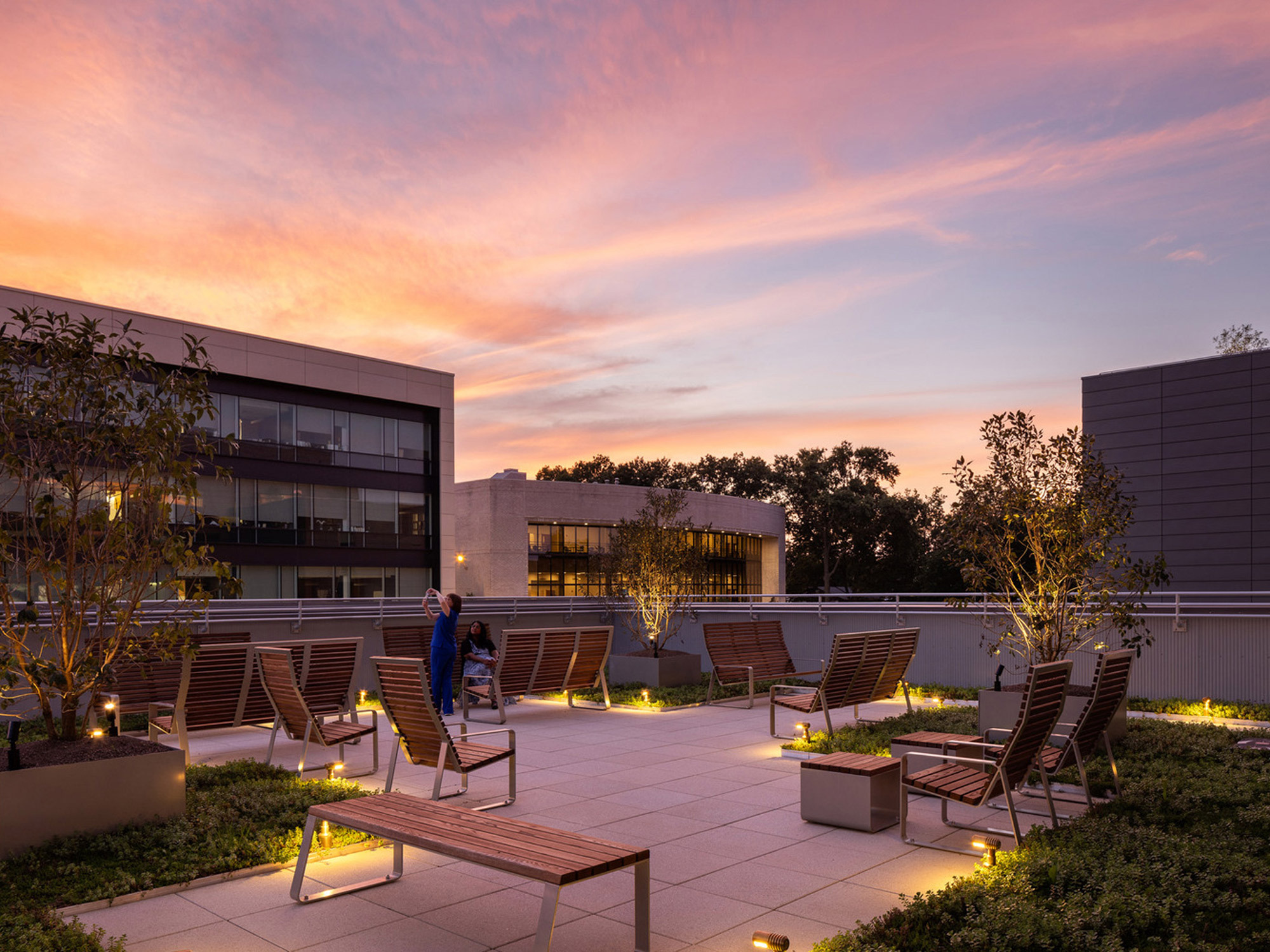
Sustainability and Future-Proofing: Preparing for a Resilient Future
Sustainability remains at the forefront of higher education design, particularly in the face of climate change and resiliency challenges. The panel highlighted increasing sustainability mandates from universities, alongside a growing emphasis on space flexibility and future-focused planning. Yet, these priorities sometimes clash with the practicalities of aging infrastructure and budget constraints. A thoughtful, integrated approach to design, that includes stakeholder collaboration and innovative planning, will be key to ensuring that today’s decisions can withstand tomorrow’s uncertainties.
Driving the Conversation Forward
Throughout the discussion, moderators posed thoughtful questions on how the current political and economic climate, including funding uncertainties and shifting DEI priorities, affects campus projects. They also explored how institutions are adapting to AI and digital tools, the importance of collaboration across disciplines, and the long-term challenges facing higher education design. Notably, participants emphasized the need for strategic partnerships, adaptive design solutions, and transparent planning processes to navigate the next decade.
In summary, the roundtable highlighted a dynamic intersection of budget realities, technological evolution, sustainability mandates, and collaborative design strategies. These topics are not siloed but deeply interconnected—each informing the others—and together they point toward a holistic approach to more efficient, flexible, and future-focused campus facilities management.
As higher education institutions chart their course forward, these conversations will shape not only the future of campuses, but also the broader role of design in supporting resilient, innovative, and inclusive learning environments.
